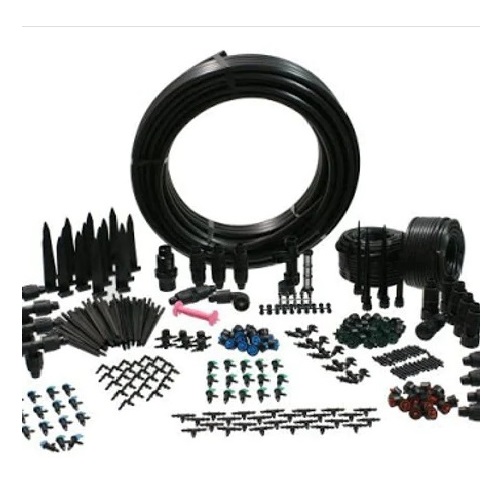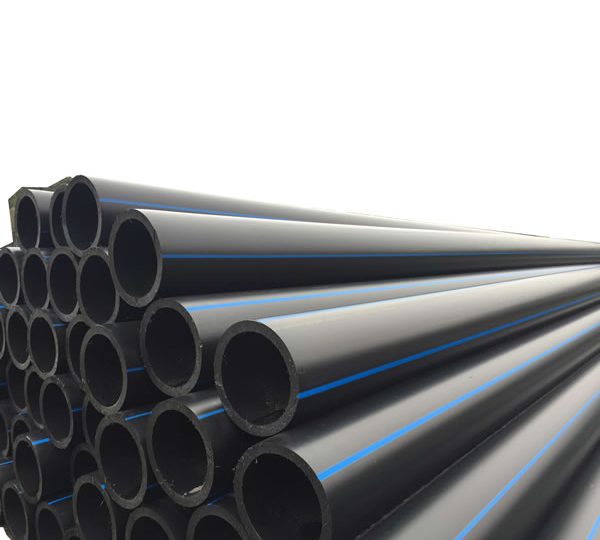Drip Irrigation Systems


Drip Irrigation systems
Efficiency and Water Saving
It increases efficiency by reducing water loss. It gives the right amount of water and prevents water loss.
Phytosanitary
It gives the right amount of water to the plants and helps the plants to grow healthy.
Time and Energy Savings
It reduces the time required for quenching. It reduces the need for water pumping and saves energy.
Drip Irrigation Systems
What is Drip Irrigation System?
Drip irrigation takes its name from its technical features. The system in which water is given directly, in droplets, to the root part is called by this name. Drip irrigation relies on frequent and little watering. The water pressure is kept low in the type of irrigation used on both fertilized and unfertilized soils. Irrigation with the drip technique, which was used in greenhouses before, is also preferred in the open field today. Those who ask what is the drip irrigation system wonder what kind of infrastructure the technique is used for. Human labor, energy, pressure and water are used to a minimum in the irrigation process, which is carried out with the help of sections such as a dispenser dropper, water tank, shorter drip irrigation system pipe, and irrigation water filters.


What are the Advantages of Drip Irrigation System?
The advantages of the drip irrigation system are quite high when compared to the disadvantages. The most important advantages of drip irrigation, which more and more farmers use on our lands, are: The timed drip irrigation system allows irrigation at any time of the day. Thanks to the system that is not dependent on wind speed, our farmers gain great convenience. Thanks to less water, growth is achieved without stressing the crop. Energy savings are achieved by using low pressure. In our lands using drip irrigation, crops mature 2-3 weeks earlier on average. Drip irrigation reduces the labor requirement. As the labor requirement is greatly reduced, the farmer’s expenses are reduced. As water loss is minimized by evaporation, up to 50% reduction in water usage is recorded. When fertilization and spraying are applied together with irrigation, higher efficiency is obtained from the active substances. About 60% is saved in the use of fertilizers and pesticides. The lands are rising. Since the entire area is not irrigated, the possibility of weed growth in the environment decreases. The need for hoeing is reduced.
The system, which prevents erosion and soil loss, provides benefits for the ecosystem. There is less soil hardening. Large areas can be irrigated with low flow water. It offers the advantage of being easy to install and remove. Crop quality improves, usable soil water is better utilized. Crop growth occurs regularly thanks to short-interval irrigation. Even water with high salt content can be used for irrigation. Water and fertilizer distribution can be made evenly. One-handed harvesting is increasing. The plant does not have to take root much to reach the water. The food feeds the crop itself, not the root. It becomes easier to customize irrigation according to crop, climate, specific needs and development period. In underground drip irrigation systems, labor costs are reduced as pipes do not need to be laid and collected. 100% homogeneous irrigation is no longer a dream.


After the system installation is completed and the controls are done, drip irrigation is started. All valves are opened before irrigation water is given to the field. Afterwards, the valves in the area to be irrigated are left open and the others are closed. If the pressure is high after the pressure control, the main line valve is throttled and the pressure is adjusted first. Relevant chemicals and improvers are added to the irrigation water when necessary. However, after fertilization, the drip irrigation system is cleaned by giving water for at least 30 minutes.
There are points to be considered for the efficient use of drip irrigation systems. First of all, it is important to regularly clean, maintain and control the filters of the system. If there is no filtration system or it is not working properly, the pipes can become clogged. When installing pipes that need to be washed regularly, you should also make sure that they are clean and check their patency. If you are fertilizing with drip irrigation, you should choose fertilizers that dissolve completely and easily in water. Despite this, you should not neglect to clean the system by watering for at least half an hour after the process. If there are hard waters with high concentrations of ions such as calcium or magnesium, this reduces the amount of flow. In this case, you should have HCl injection periodically throughout the season. If the calcium and magnesium concentration is low, then you need to give HCl several times a year. If the drip irrigation system is clogged or you need to replace it, you should add with a nipple or reducer and replace the clogged drippers. Finally, you should take care not to damage the drip pipes of the equipment, machines and crates/chests you use during the harvest. To protect the pipes, you need to be careful that no equipment comes into contact with the pipe.


How much water does the drip irrigation system consume in 1 hour? Drippers drip water into the soil in the form of several liters over a few hours. The pressure of the water is controlled by the farmers and its speed is determined. How Much Does a Drip Irrigation System Cost? The cost of the drip irrigation system varies according to the land characteristics. The durability of pipes that will be exposed to different weather conditions, especially under the ground for years, is of great importance. Although the selection of quality materials increases the cost in the first stage, it prevents the formation of replacement costs in the following years. Some users can integrate systems that automatically fill the tank when the water in the tank is low, by means of a submersible pump, into this technique during installation. These types of add-ons can cause general cost calculations to change. As the size of the land increases, the cost per decare decreases. It is stated that the drip irrigation system covers the installation cost of almost 4-5 years. When quality pipes are selected, the laid pipes can be used up to 15 years.




